Grant Rodiek
gamer level 5
3584 xp
3584 xp
followers
64
64
Use my invite URL to register (this will give me kudos)
https://boardgaming.com/register/?invited_by=herrohgrant
profile badges




recent achievements

Supporter
Give 10 hearts (loyalty points) to a single game
Give 10 hearts (loyalty points) to a single game

Advocate
Give 25 hearts (loyalty points) to a single game
Give 25 hearts (loyalty points) to a single game

Gamer - Level 5
Earn Gamer XP to level up!
Earn Gamer XP to level up!

I Walk the Talk!
Claim that you have played a game today by clicking the "Played Today!" button on a game page 100 times.
Claim that you have played a game today by clicking the "Played Today!" button on a game page 100 times.
Player Stats
Critic (lvl 2)
450 xp
450 xp
Explorer (lvl 1)
176 xp
176 xp
Professor (lvl 0)
81 xp
81 xp
Reporter (lvl 1)
193 xp
193 xp
About Me
Some of my favorite games are Summoner Wars, Dragonheart, King of Tokyo, 1812: The Invasion of Canada, and Alien Frontiers. I like games that play in about an hour, have accessible, yet deep mechanics, and good theme!
I design games in my spare time. My first game is Farmageddon and I'm now working on a 2 player card game called Poor Abby Farnsworth. It is inspired by the Salem Witch Trials.
I also have a card driven war game (i.e. no dice) for 2-4 players in the works. It features 4 unique factions and is loosely based on 19th century European warfare. It's tentatively called Empire Reborn. This game is deep into testing.
5th Street Games is publishing Farmageddon. You can read about all my games at my site linked below!
I design games in my spare time. My first game is Farmageddon and I'm now working on a 2 player card game called Poor Abby Farnsworth. It is inspired by the Salem Witch Trials.
I also have a card driven war game (i.e. no dice) for 2-4 players in the works. It features 4 unique factions and is loosely based on 19th century European warfare. It's tentatively called Empire Reborn. This game is deep into testing.
5th Street Games is publishing Farmageddon. You can read about all my games at my site linked below!
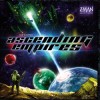
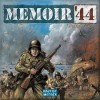
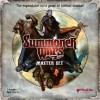


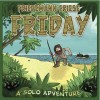
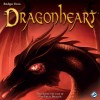
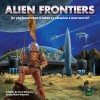






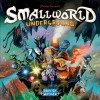





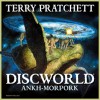






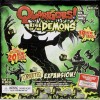

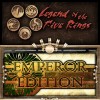


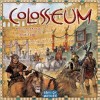


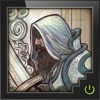
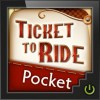
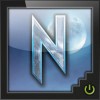

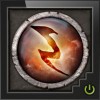
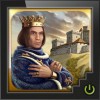
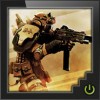


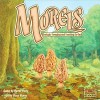







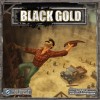




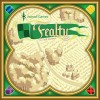
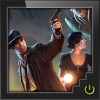
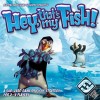




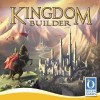
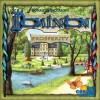






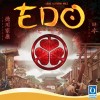
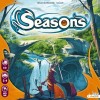



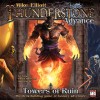



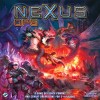



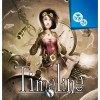







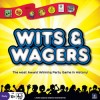




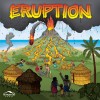
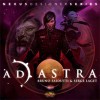


Friday
I bought Friday initially for inspiration. I was trying to design a cooperative game and Friday provides push back and goals that a player must overcome, so I thought it would make good inspiration. I didn’t expect to like it, let alone love it, but here we are! Now, Friday is always in my backpack.
Friday is a beautifully smooth, elegant experience. You draw 2 challenges and pick one. The other is placed in a discard. Depending on the phase (there are 3, green/yellow/red) you must equal or exceed a difficulty number. You get a set number (based on the challenge) of free cards. If your cards equal or exceed the number, you win and you add the challenge card to your deck. If you fail, you lose health, but you can also trash (i.e. permanently remove from game) bad cards from your deck.
This is the fundamental strategy: do you work and sacrifice to win the challenge? Or do you lose, at the expense of life, to get rid of bad cards? After three runs through the challenge deck (i.e. 3 phases), you must fight the pirates. At this point, your deck better be good enough or the pirates will defeat you! The challenge cards not only give you better numbers with which to defeat challenges, but they give you simple abilities to mitigate bad things, move through your deck, and more.
Friday is a very difficult game, but your choices matter far more than luck and randomness. This is such a tight, smooth game that you’ll spend very little time counting and tallying numbers, which is something other solo games tend to have.
The game travels well, has great components, plays quickly, and again, is so smooth and elegant. This game is about $20 in your FLGS and $15 on Amazon. If you have any interest in a game solo, get this one. It’s great.